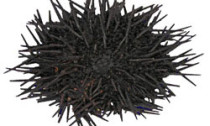
Echinometra lucunter
Sea urchins are often used as indicator organisms in public aquariums to determine whether the system is functioning properly. These organisms are extremely sensitive to water conditions and are first to show signs of stress, seen when their spines are laid down or are shed.
Warning! Some sea urchins are covered with sharp venom-filled spines that can easily penetrate and break off into the skin – even through a wetsuit. The DAN (Divers Alert Network) website contains useful information on how to handle the unfortunate effects of accidental brushes with these and other poisonous marine organisms.
Check out www.diversalertnetwork.org for any information that you need.
Sea urchins (echinoderms) are a group of marine invertebrates that can be found in almost every...
Read More

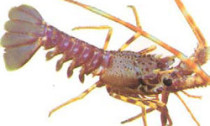




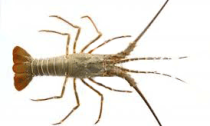
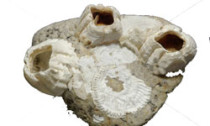
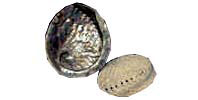
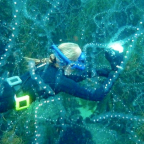

Social Profiles